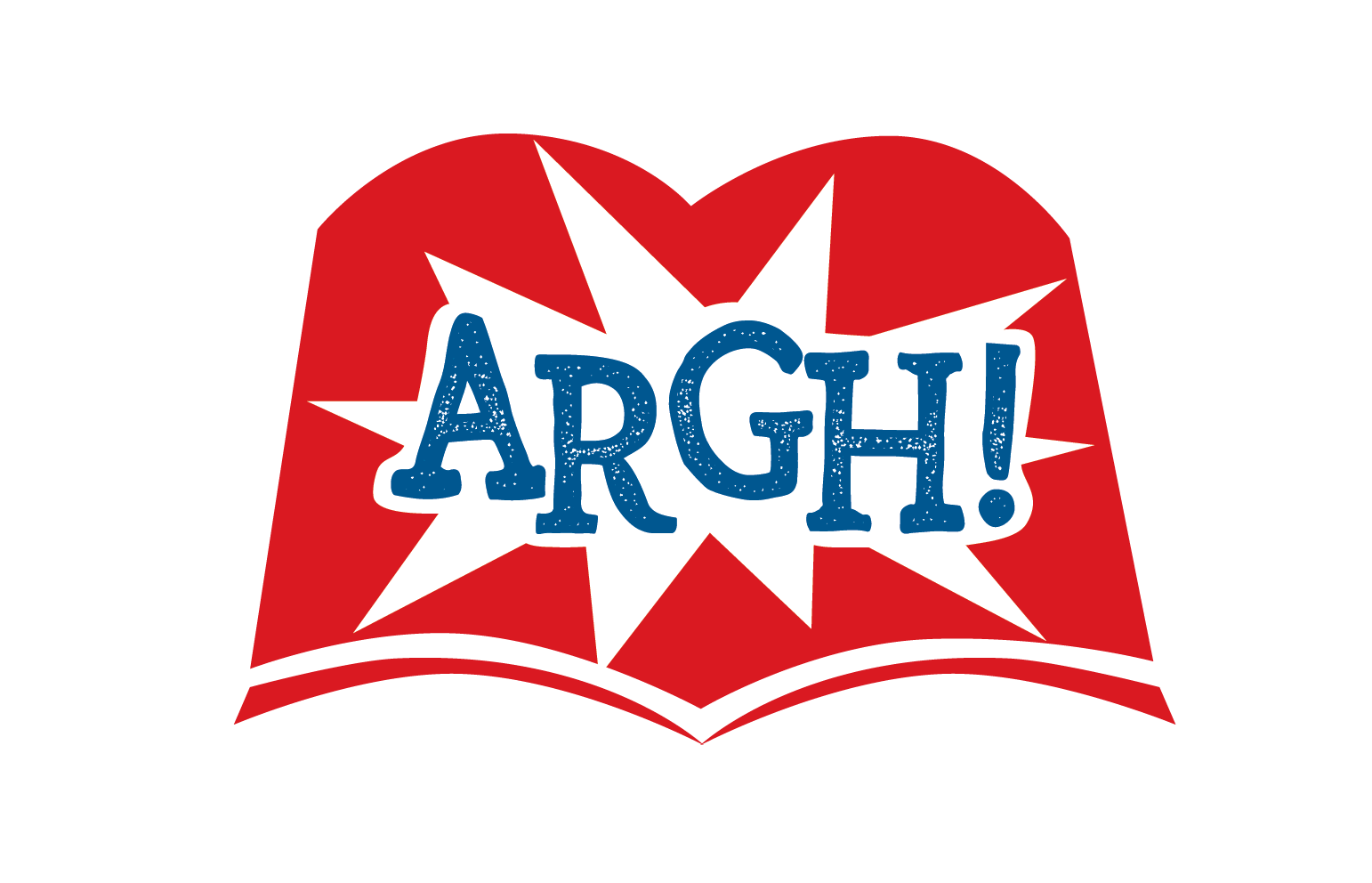
Preference-based popularity try examined at first time part playing with an excellent limited nomination sociometric processes
Each adolescent, his or her closest friend, and two other target peers named by the adolescent were asked to nominate up to 10 peers in their grade with whom they would most like to spend time on a Saturday night and an additional 10 peers in their grade with whom they would least like to spend time on a Saturday night. The raw number of like nominations each teen received was standardized within grade level before being added to the main data set as the primary measure of popularity following the procedure described in Coie, Dodge, and Coppotelli (1982). This procedure resulted in a sample of 72 146 teens (depending on the grade level), comprising approximately 38% of the entire student population in these grades, who provided nominations of anyone in their grade at school. Grade-based nominations were utilized rather than classroom-based nominations due to the age and classroom structure of the school that all of the participants attended. The large number of raters for each teen (each received a yes no nomination from each participating nominator in his or her grade) means that this subsample of nominators is likely to yield fairly reliable estimates of popularity for each teen (Prinstein, in press). Preliminary analyses of the 1-year test retest stability of these popularity ratings over time indicating a 1-year stability coefficient of r = .77 (p < .001)>
Observed tangible information trying to and obtaining

The caliber of adolescents’ affairs with regards to closest friend try seen throughout a supportive Choices Activity at both time products (Allen et al., 1999). Adolescents took part in an excellent six-minute telecommunications task using their closest exact same-sex pal, during which they spoke so you’re able to your ex about a beneficial condition these were having which they may use specific suggestions otherwise support on the. Normal subject areas integrated relationships, complications with peers otherwise siblings, raising currency, otherwise s. This type of connections was in fact then coded utilizing the Supporting Choices Programming System (Allen mais aussi al., 2001), that was centered on numerous associated solutions developed by Crowell and acquaintances (Crowell ainsi que al., 1998; Haynes & Fainsilber Katz, 1998; Julien et al., 1997). The degree of the adolescent’s need practical suggestions off their friend and their friend’s provision out-of advice was in fact coded to your balances ranging from 0 so you can 4 (0 = feature maybe not introduce, 4 = characteristic very expose), in accordance with the fuel and time and energy of the adolescent’s asks for fundamental guidance or recommendations (as opposed to emotional service) and the buddy’s attempts to give pointers and/or render intentions to resolve the challenge. Since these kind of balances grabbed a system where the teens was indeed essentially asking for and receiving very basic and you will real information (e.grams., the tapaaminen Kirgisian naiset exact methods to get a member-day work within shopping center), high results on this level were thought to mirror a relative not enough social feel on behalf of the acting teenage. These subscales had been extremely correlated from the both day factors (rs = 0.82 from the Time 1 and you will 0.71 at the Big date dos) meaning that was in fact shared in order to produce the overall dyadic level to have suggestions seeking to/researching. Per telecommunications try reliably coded because the an average of the latest results received of the one or two instructed raters blind with other research throughout the study with advanced precision (T1 intraclass correlation = 0.89, T2 = 0.85).
Peer-reported hostility and aggression
Close friends’ feedback of one’s address adolescents’ quantities of violence and you can aggression was basically acquired at the one another Big date step 1 and you may Big date 2 playing with balances of a preliminary style of the little one Conclusion List (CBCL; Achenbach, 1991; Achenbach & Edelbrock, 1981; Lizotte, Chard-Wierschem, Loeber, & Tight, 1992). It level (to start with available for teacher or moms and dad declaration) expected relatives to point how often several behavioural descriptions placed on the mark teens, towards the a measure of 0 = incorrect to help you 2 = really otherwise often real. This new violence and you may hostility subscales on this scale have been somewhat certainly synchronised (roentgen = .67 T1, roentgen = .65 T2), and therefore, these were joint on the one size which includes 18 points highlighting youths’ trouble communication rightly with peers in terms of acting-out facing them. Take to factors integrated try indicate so you’re able to anybody else, gets in fights, threatens some one, and you will possess a trending feeling. That it scale presented a good internal consistency (Cronbach’s ? = .77 in the Time step 1 and .81 within Time dos). The latest CBCL has been confirmed for usage having peers from inside the past education linking peer-stated externalizing choices to help you connection outlook, imbalance about peer class, and you will intellectual expectations of mothers and you can co-worker (Allen et al., 2007; Antonishak, Schlatter, & Allen, 2005; Porter, 2001) and also the short mode has been proven in order to reliably predict delinquency just like the full scales (Lizotte ainsi que al., 1992).
